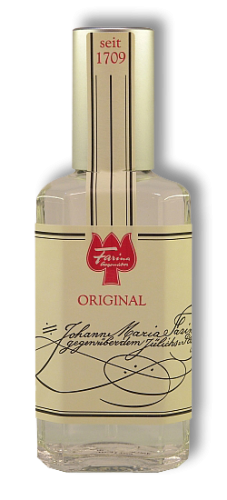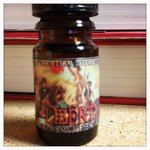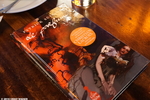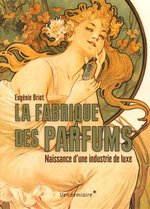Notes on the History of the Eau de Cologne {Fragrant Reading}
 Pravda, one of the national Russian newspapers, have a piece on the history of Eau de Cologne in their series on Museums of the World: The Perfume as Exhibit. The series looks at various cultural artifacts, and fragrance is one of them, i.e., the topic of choice this time around...
Pravda, one of the national Russian newspapers, have a piece on the history of Eau de Cologne in their series on Museums of the World: The Perfume as Exhibit. The series looks at various cultural artifacts, and fragrance is one of them, i.e., the topic of choice this time around...
Some interesting remarks can be underlined. The author calls attention to the branding of the Eau de Cologne, an angle less often evoked but which was a hot ground for controversy in the past and sometimes contemporary period. As the genre has become ubiquitous and a staple, we can remember that there are two labels of authenticity as far as the German manufacturers are concerned: "Original Eau de Cologne" refers to the 1709 formulation and "Echt Kölnisch Wasser" only pretends to be "authentic", not original although both are translated as "original" in English.
In German:
"Original"
"Echt"
In French:
"Extra Vieille"
If you turn your attention to French house Roget et Gallet you can see that they call their own Farina formulation, which dates back to 1806 and owes its existence to a nephew of Jean Marie Farina established in France, "Extra Vieille" or "extra old": Jean Marie Farina Extra Vieille.
The fragrance is best known under its French name nowadays as Eau de Cologne because it is the French and Napoleon's armies, and the Emperor himself, who have advertized it the most.
There is a reminder also that some historical personalities like Mme de Pompadour favored related yet distinct formulas of scented toilet waters or oils with a prophylactic aspect, like the Eau de Portugal featuring essential oils of orange, lemon, bergamot and rose - or the Oil of Venus made of iris, sandalwood and rose.
You can read more at Кунсткамеры мира: аромат как экспонат









